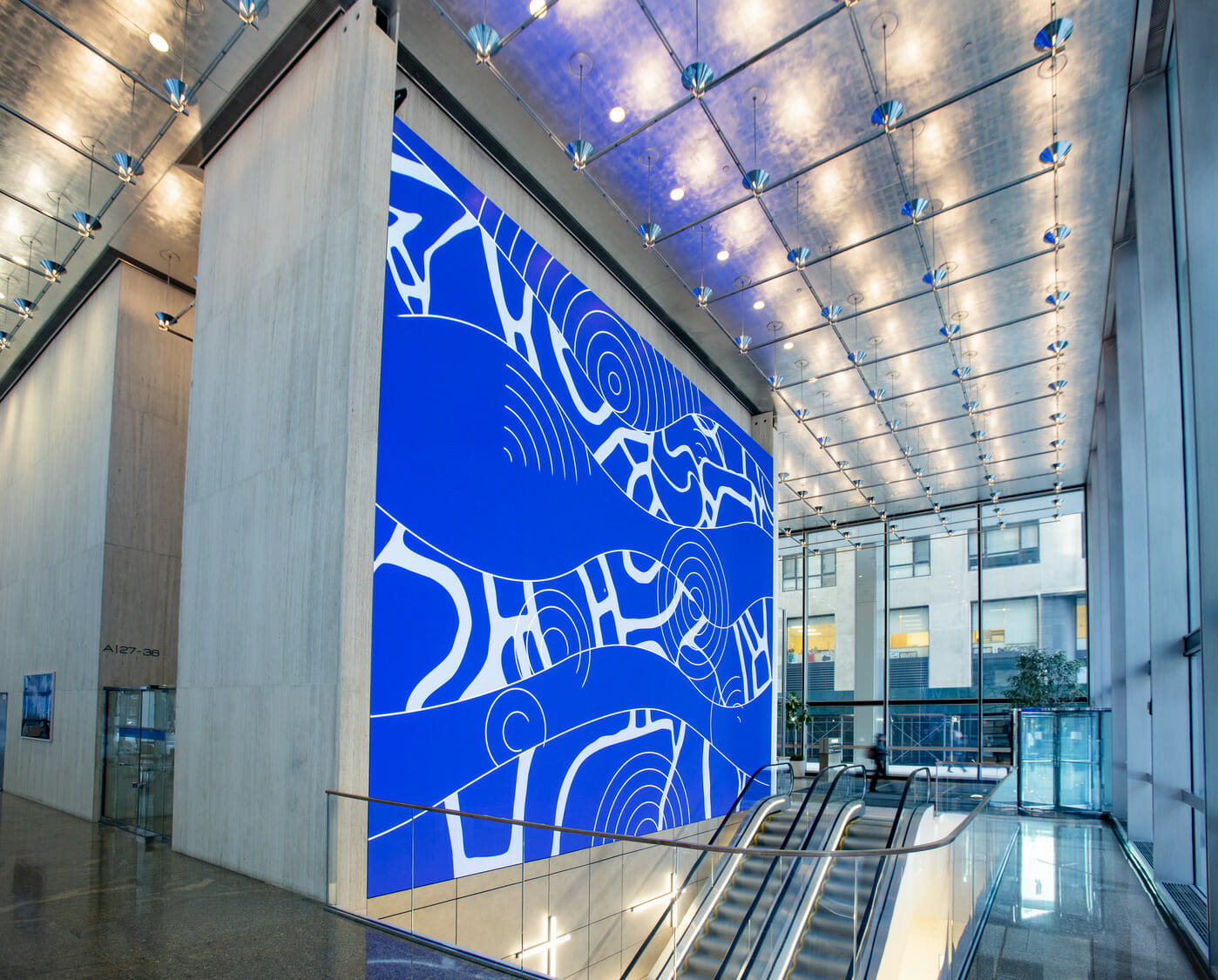Perfecting Hue Accuracy in Light Emitting Diode Wall Calibration for Breathtaking Visual Presentations
Perfecting Hue Accuracy in Light Emitting Diode Wall Calibration for Breathtaking Visual Presentations
Blog Article
Color accuracy is crucial for producing breathtaking visual displays, especially when using LED screens. These large displays are frequently found in locations like music venues, athletic arenas, and advertising billboards. When the colors on an LED wall are not correct, the images can look dull or warped, which can impact the total impression for audiences. Therefore, perfecting color precision in LED wall calibration is vital for attaining lively and realistic images.
The initial step in guaranteeing color accuracy is comprehending how LED systems works. LEDs, or light-producing diodes, generate light in multiple shades by combining red, green, and blue (RGB) light. Each dot on an LED screen consists of these three hues. When tuned properly, the combination of RGB can create a broad range of colors. However, if one color is too intense or too dim, it can throw off the entire display. This is why calibration is necessary to equalize the hues and achieve the desired visual effect.
Calibration entails modifying the configurations of the LED screen to ensure that the hues shown match the initial content as closely as possible. This procedure typically involves using specific software and hardware tools. Technicians frequently use color measurement devices, such as color meters, to examine the colors being shown. By contrasting the measured hues to benchmark color standards, they can make precise adjustments. This guarantees that visit this website the colors are not only lively but also consistent across the entire display.
Another crucial factor of color precision is understanding the surroundings in which the LED wall is used. Elements such as surrounding light can significantly affect how colors look. For example, a well-lit lit room may fade colors, making them look not as vibrant. To counteract this, technicians may modify the brightness and contrast configurations of the LED screen. Additionally, they may choose particular color profiles that are more appropriate for various lighting environments. This flexibility helps preserve color accuracy irrespective of the viewing surroundings.
Ultimately, regular maintenance and re-tuning are crucial for maintaining an LED wall looking its best. Over time, the performance of LEDs can alter due to factors like aging and heat fluctuations. Regular inspections and modifications can help guarantee that the colors stay correct and vibrant. By investing time in proper tuning and maintenance, venues can provide audiences with stunning graphic displays that enhance their overall experience. Perfecting color precision in LED wall calibration is not just a mechanical task; it is an art that adds to the wonder of visual narration.